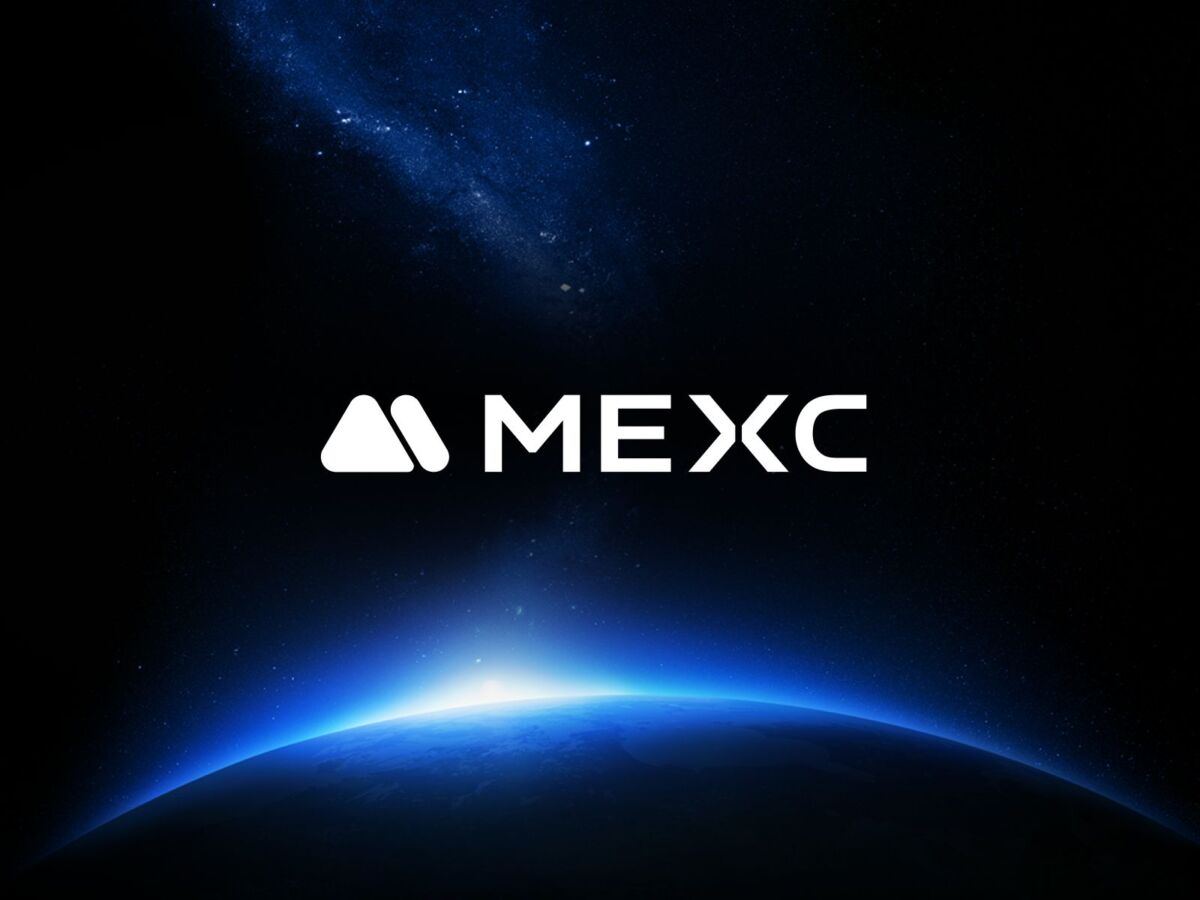Overview: A new inflection point for crypto and AI
Leading investors are increasingly framing blockchain as a foundational component of an emerging AI-driven economy. The idea is simple but far-reaching: autonomous AI agents will need a native, programmable medium of value and settlement — and public blockchains can provide that.

In 2025 this thesis is attracting meaningful capital. Some growth investors are already earmarking a sizable portion of their next funds for companies that sit at the intersection of artificial intelligence and decentralized ledgers, betting that a new category of infrastructure will emerge over the next several years.
Why “blockchain is the money of AI” matters
The phrase captures two core dynamics.
- First, AI systems — especially networks of interoperable agents — require seamless value transfer, identity, and programmable rules that operate without centralized intermediaries.
- Second, blockchains provide composability, on-chain enforcement, and native token economics that make micropayments, reputation, and automated governance practical at scale.
Together, these capabilities enable new business models: AI agents that purchase compute or data autonomously, marketplaces that monetize model outputs in real time, and trust-minimized coordination among services worldwide.
What this looks like in practice
- Smart contracts that automatically compensate data providers and model hosts for discrete tasks.
- Tokenized incentives to align decentralized AI participants and fund public goods like model evaluation datasets.
- On-chain identity and attestations that help verify provenance and auditability of model outputs.
Capital flows and fund strategies in 2025
By late 2025, several growth-oriented funds are structuring allocations to capture AI-blockchain convergence. A commonly cited approach is reserving a meaningful minority of a fund — roughly 15–25% — for companies or protocols that enable autonomous value flows between AI services and end-users.
Investors taking this view emphasize that many of the firms that will dominate this space do not yet exist at scale. Instead, capital is being deployed into:
- Infrastructure projects (Layer 2s, settlement layers, and interoperability tooling).
- Middleware that connects models, oracles and payment rails.
- Developer tooling and SDKs that make it easier to build secure, auditable AI agents.
That approach reflects a broader pattern in crypto markets: when institutional and retail sentiment is cautious, well-capitalized growth investors can find attractive pricing on revenue-generating companies. In 2025, this dynamic continues to create differentiated opportunity sets for firms focused specifically on digital-asset infrastructure.
Market context and price behavior in 2025
Investor commentary in 2025 highlights two behavioral observations about digital assets.
- Psychological price anchors still matter. Round numbers act as focal points for market participants and can influence consolidation phases.
- Short-term trading in crypto markets remains challenging. Many long-term investors advise against attempting to time near-term price moves, instead favoring multi-year perspectives that align with technology adoption cycles.
These insights reinforce why some funds are taking patient, structural bets on the infrastructure layer where AI and blockchain overlap.
Where adoption is ahead — and where it’s lagging
Not every blockchain use case is progressing at the same pace. In 2025 we observe clear differences across sectors:
- Decentralized finance (DeFi): Continued innovation and user growth in many segments; tooling to improve usability is a high priority.
- Tokenization of real-world assets (RWAs): Long-term potential is acknowledged, but actual issuance and settlement volumes have grown more slowly than early hype suggested.
- Metaverse and blockchain gaming: Interest persists but many projects remain at the fringes of mainstream demand and face usability and retention challenges.
For the AI-blockchain crossover, the path to meaningful adoption depends on the emergence of clear, revenue-generating use cases and robust developer ecosystems.
Barriers to overcome
- Usability: Seamless wallets, identity, and payment experiences for end users and AI services.
- Scalability: Low-latency, low-cost settlement for microtransactions between agents.
- Regulatory clarity: Frameworks that enable institutional participation without stifling innovation.
- Security and auditability: Standards for model provenance and on-chain verification of AI outputs.
What founders should prioritize
Teams building at the AI-blockchain intersection should emphasize fundamentals that matter to growth investors in 2025:
- Product-market fit: Clear pathways to monetization and customer traction.
- Robust tokenomics (if applicable): Alignment of incentives among users, developers, and maintainers.
- Interoperability: Protocols and APIs that work across multiple chains and off-chain systems.
- Regulatory readiness: Compliance strategies and transparent governance models.
- Security-first design: Audits, formal verification where possible, and responsible disclosure practices.
Founders who can demonstrate early enterprise or developer adoption while maintaining capital efficiency will be well-positioned for growth-stage financing.
How crypto platforms can support this next wave
As an industry participant, there are practical actions exchanges and ecosystem platforms can take to accelerate AI-blockchain integration while protecting users and markets.
- Support developer-focused products: SDKs, APIs, grant programs and hackathons that lower the friction to build.
- Provide liquidity and market-making for new infrastructure tokens under robust risk controls.
- Offer custody and staking solutions tailored to institutional and developer needs.
- Invest in educational content and research that clarifies technical trade-offs and regulatory considerations.
- Maintain rigorous listing standards and compliance practices to foster long-term trust.
These measures help ensure that promising projects have the distribution, security, and capital support required to scale.
Five-year view: adoption trajectory and potential catalysts
Looking toward 2030, several catalysts could accelerate the AI-blockchain economy:
- Regulatory frameworks that enable institutional-grade custody and settlement.
- Standardized protocols for on-chain data marketplaces and model evaluation.
- Improvements in scalability and privacy-preserving tech that make microtransactions and attribution cost-effective.
- Wider enterprise adoption of programmable settlement for machine-to-machine commerce.
Many investors place a multi-year horizon on returns from infrastructure plays. The key inflection often occurs when early technical primitives are combined with clear business models and regulatory acceptance.
Risk considerations
Investing at the convergence of AI and blockchain carries specific risks:
- Model risk: Poorly performing or biased models can undermine market trust.
- Protocol risk: Bugs, governance failures, or economic exploits can create rapid value loss.
- Regulatory risk: Changing rules around tokens, data use, and AI safety can affect business models.
- Execution risk: Integrating novel tech stacks across on-chain and off-chain components is complex.
Prudent investors and builders will prioritize resilience, clear governance, and staged roadmaps that mitigate these risks.
Conclusion: Preparing for a programmable, agent-driven economy
2025 is shaping up to be a formative year for the intersection of AI and blockchain. Investors are allocating meaningful capital to infrastructure and middleware, while product teams are racing to solve the hard problems of usability, settlement and provenance.
Success in the coming years will favor projects that combine technical rigor with pragmatic go-to-market strategies. For platforms and exchanges, playing a constructive role means supporting builders, offering secure liquidity and custody solutions, and helping clarify compliance expectations.
As the ecosystem evolves, the vision of blockchains serving as the native monetary layer for autonomous AI services is moving from theory toward practical experimentation — and that presents both opportunity and responsibility for everyone involved.
Disclaimer: This post is a compilation of publicly available information.
MEXC does not verify or guarantee the accuracy of third-party content.
Readers should conduct their own research before making any investment or participation decisions.
Join MEXC and Get up to $10,000 Bonus!
Sign Up


